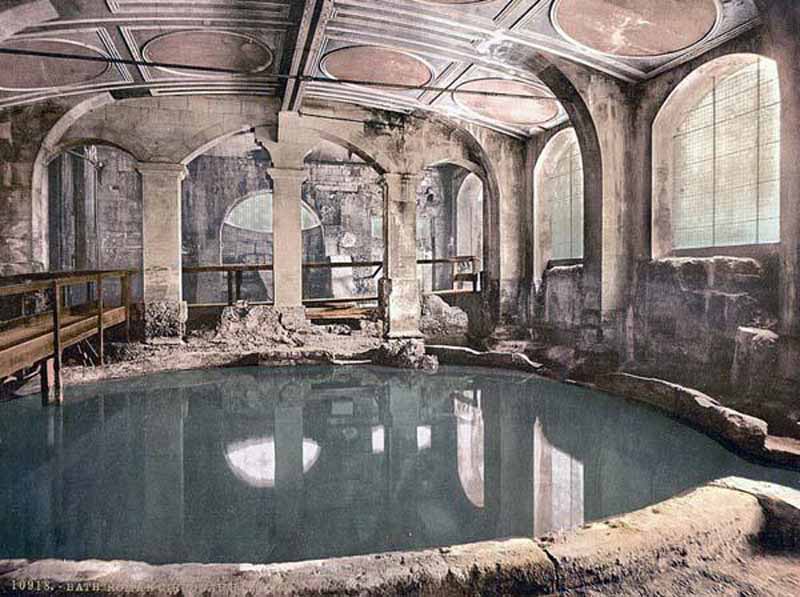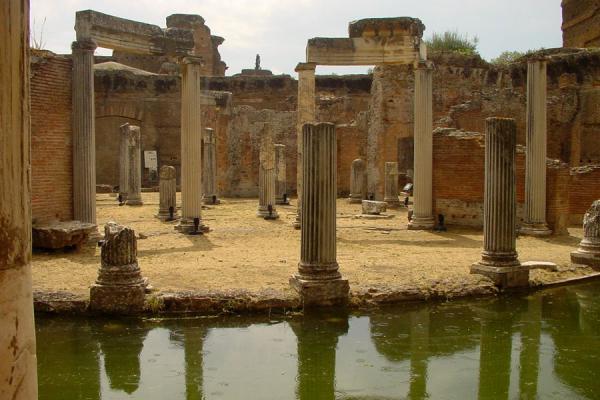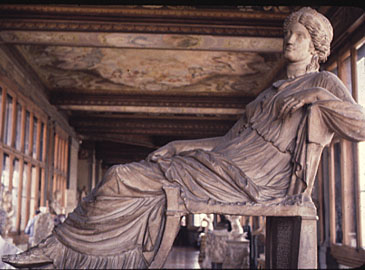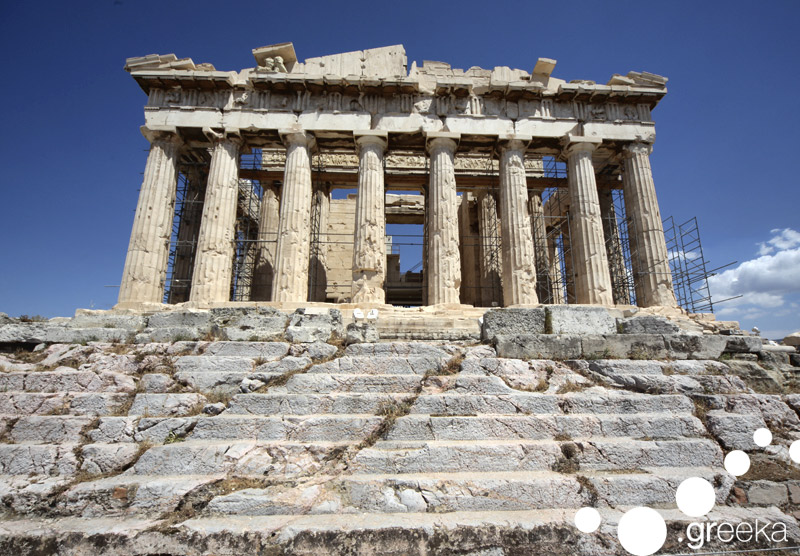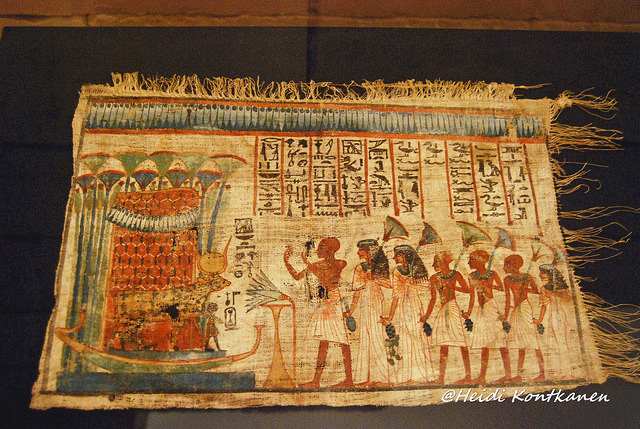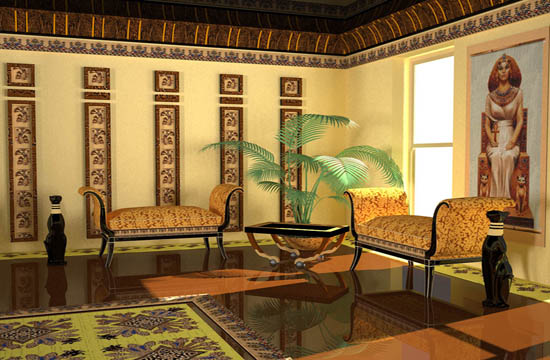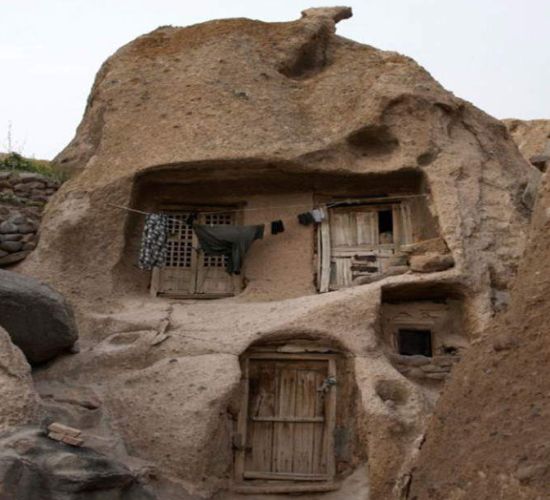I was really intrigued by this time period and although I have heard about ancient Egypt throughout my schooling I did not know much about it other than the fact that they made the pyramids and used a lot of gold. So I decided to do a little extra searching and educate myself a bit more about this time period. I found some great examples that I wanted to share with everyone else; so if you are interested feel free to check out the links below!
The first is a great Prezi presentation that I found online about the Egyptian civilization as a whole.
https://prezi.com/-6bxhxwrcqbi/egyptian-civilization/
The second is a website called ancient Egypt online that shows photographs of some of the architecture, an overview of what hieroglyphs the Egyptians used, Gods that the Egyptian people worshiped and must more. It was a very interesting source of information.
http://www.ancientegyptonline.co.uk/index.html
Lastly, I wanted to know why Egyptians had foot-boards on their beds but not head-boards. So I did some searching around and found this; it turns out that beds were slanted down from the headrest area, so therefor foot-boards were actually used to prevent the individual from sliding right off of the bed in the middle of the night.
I found that information on this website and it had some great examples of furniture from the time.
http://www.touregypt.net/featurestories/furniture.htm


